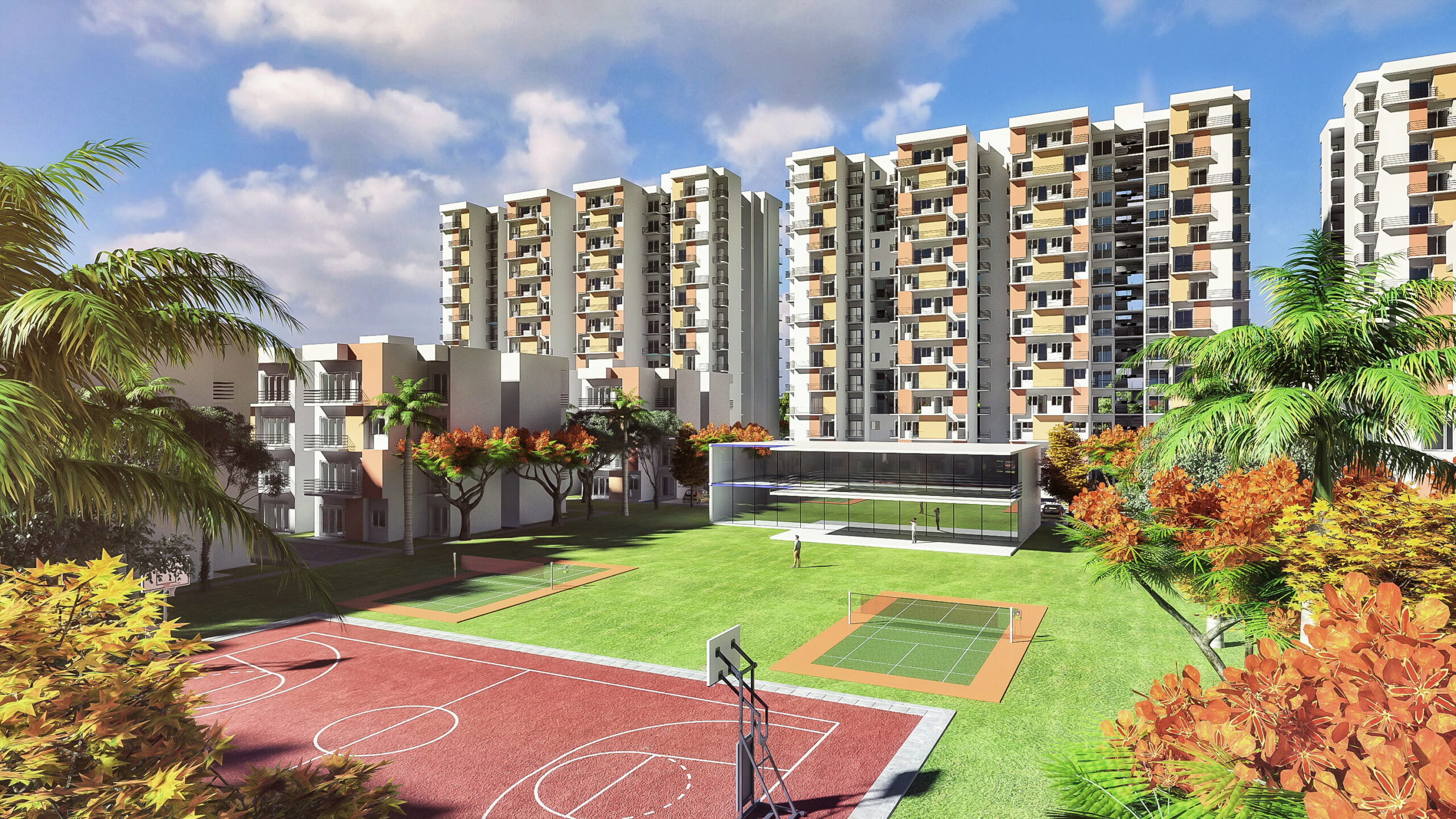Realistic materials can enhance the quality of 3D renderings, making them more engaging and visually appealing. By providing a realistic representation of the project, realistic materials help clients to better visualise the final product, increasing their confidence in the project.
Realistic materials also help to better visualise design elements in 3D renderings. For example, adding a realistic texture to a brick wall or a wood grain pattern to a floor can provide a better understanding of the project’s design elements. This helps clients to better grasp the final product, increasing their confidence in the project.
Realistic materials also improve communication between architects, designers, and clients. By providing a realistic representation of the project, clients can better understand design elements and make more informed decisions during the planning process. This helps reduce misunderstandings and ensure that everyone is on the same page regarding the project’s design.
Finally, realistic materials also enhance marketing efforts by providing high-quality images and videos that showcase designs to potential clients. With realistic materials, architects and designers can create better designs, increase client confidence in the project, and ultimately deliver better results for their clients.
In conclusion, realistic materials can elevate the quality of 3D renderings, making them more engaging and visually appealing. They help clients to better visualise the final product, increase confidence in the project, and improve communication. By embracing realistic materials, architects and designers can create better designs, increase client confidence in the project, and ultimately deliver better results for their clients.
